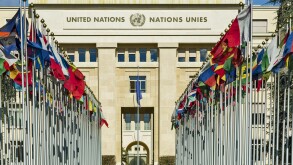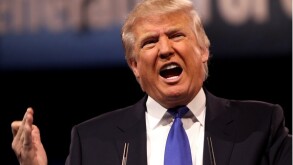
|

|
|
Khoonming Ho |
Lewis Lu |
The State Council issued a circular – 'Guidelines on further optimising market environment for M&A restructuring' – which requires finance and tax authorities to "amend the regulations governing special tax treatment for M&A restructuring activities". As a response, in December 2014, the Ministry of Finance and the State Administration of Taxation jointly issued Circular 109 (Caishui [2014] No.109) and Circular 116 (Caishui [2014] No.116) respectively to provide further clarity on the special restructuring under Circular 59 (Caishui [2009] No.59) as well as investment with non-monetary assets. Circular 109 relaxes the 'ratio limits' in relation to share or asset acquisition to enjoy special restructuring under Circular 59. For a share (asset) acquisition, the shares (assets) acquired should be at least 75% of the total shares (assets) of the acquiree entity under Circular 59, while the minimum ratio limit is reduced to 50% under Circular 109.
Circular 109 also adds the following two additional situations which can qualify for special restructuring:
The PRC transferor and the PRC transferee have a 100% direct-investment holding relationship; or
The PRC transferor and the PRC transferee are 100% directly owned by the same PRC shareholder or the same group of PRC shareholders
The CIT treatment for investment with non-monetary assets under Circular 91 (Caishui [2013] No. 91), which was adopted for entities in Shanghai's pilot free trade zone, has been expanded to the rest of China due to the release of Circular 116.
Table 1 |
|
Entity |
Tax treatment |
Investor |
Tax treatment for the gains derived from investment with non-monetary assets Investment gains = fair market value (FMV) of the invested assets – tax basis of the assets (Investment gains can be realised equally for no more than five years for CIT purposes. The investment gains will be realised when the investment agreement becomes effective and relevant registrations have proceeded.) Tax treatment for the shares of the investee obtained Tax basis of the shares obtained = the original tax basis of the invested assets + investment gain realised each year (The tax basis should be adjusted each year in line with the investment gain realised.) |
Investee |
Tax basis of the non-monetary assets obtained = FMV |
If the investor later transfers the shares obtained or retracts those investments or is liquidated, the above tax deferral treatment is terminated and all the gains are immediately subject to CIT.
Circular 106 also adds that investment with non-monetary assets includes situations when a new PRC resident enterprise is established with non-monetary assets or an existing PRC resident enterprise is injected with such assets. When the entity conducts investment with non-monetary assets and it also qualifies for special restructuring under Circular 59, the entity can elect such special tax treatment stipulated in Circular 59.
Both Circular 109 and Circular 116 took effect January 1 2014 and are valid for cases unresolved before the issuance date of the circulars.
Khoonming Ho (khoonming.ho@kpmg.com)
KPMG, China and Hong Kong SAR
Tel: +86 (10) 8508 7082
Lewis Lu (lewis.lu@kpmg.com)
KPMG, Central China
Tel: +86 (21) 2212 3421









